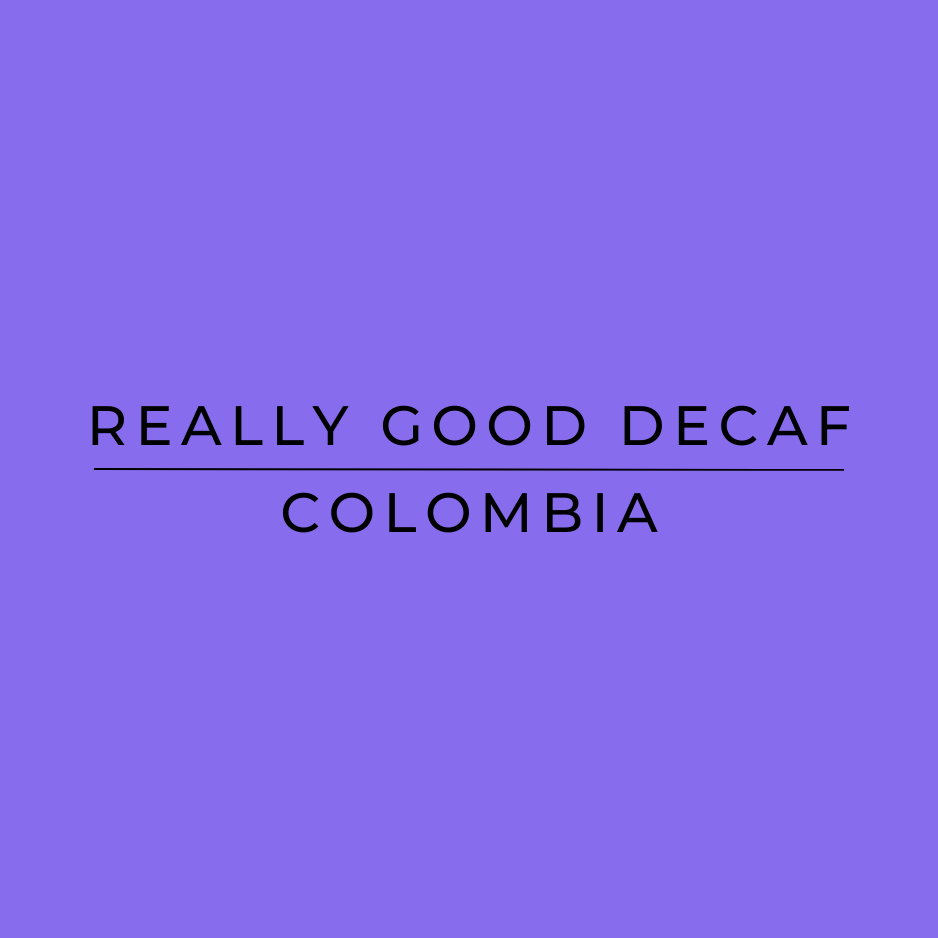Harmony Coffee Roaster
EL VERGEL DECAF
Couldn't load pickup availability
Flavour Description: CANDIED LIME, RED BERRIES, BROWN SPICE
PRODUCER: SHADY & ELIAS BAYTER
COUNTRY: COLOMBIA
REGION: TOLIMA
VARIETY: RED & YELLOW CATURRA
IMPORTER: FOREST GREEN
PROCESSING METHOD: SUGARCANE E.A. WASHED
ABOUT THIS COFFEE
In 1995, the Bayter Family dove into agriculture at El Vergel farm, focusing initially on the cultivation of avocados. But when avocado prices dropped in 2006, they saw an opportunity in coffee cultivation. Introducing coffee varieties like catimore, red, and yellow caturra, they quickly built a highly productive coffee farm. By 2016, with guidance from coffee expert Miguel Jimenez, they shifted to focusing on specialty coffee. In 2018, they fully embraced natural coffee processes, including the innovative Koji fermentation method.
Harmony x El Vergel.
Ever since I met Shady & Elias for the first time in 2020 and hearing about their passion for innovation first hand, this has been a collaboration that I've been extremely looking forward to. It's extremely unusual to find decaffeinated coffee expressed from a single farm, so when this one came across my radar, I was extremely excited. We have worked with Shady & Elias before with a release last year, alongside Freddy Correa (another farm holder in Tolima) but this is our first release from El Vergel!
This particular decaf has been processed using Ethyl Acetate (often abbreviated to E.A.). There are two derivations of Ethyl acetate - Lab/Synthetic derivation and Natural derivation. The E.A. used as part of this decaffeination has been derived naturally, from a byproduct of the fermentation of sugarcane.
Very fresh coffee beans are first steamed to open up the pores. Then they are soaked in a cold water solution, mixed with ethyl acetate. The water has a gentle flow rate which allows the ethyl acetate to bind with and extract the caffeine from the beans themselves, leaving behind less than 0.1% caffeine content. Once this process is complete, the beans are then steamed once again to clean the Ethyl Acetate residue before being dried like normal.
In our view, decaf coffee often gets a bit of an unfair, bad reputation. Many of us hold the presupposition that decaf coffee is low grade and/or old crop coffee, decaffeinated in volume at large decaffeination plants (For the most part, these large decaffeination plants are located in Europe and North America and add unnecessary carbon mileage to the product.) to get a second chance at being sold to fill a need once it's no longer desirable for its primary purpose...
And for a long time, perhaps that was the case.
Then producers like Shady & Elias started asking the question: "If we used really good, fresh coffee for decaffeination, and processed it locally, would that make a really good decaf?"
From our perspective, the answer is yes!
Harmony always seeks to find the very best, freshest decaf coffees available.




















